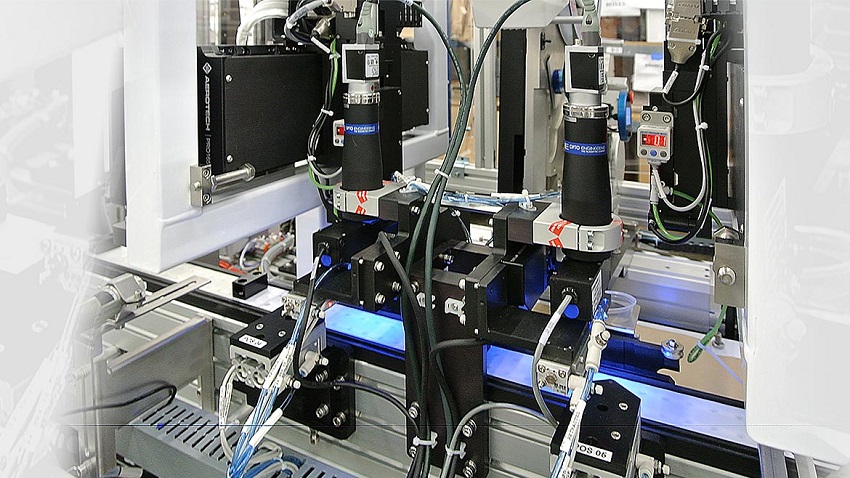
04 Nov Everything You Want to Know About Machine Vision Integration
Machine vision is a powerful technology that allows automated systems to detect, measure, and analyze absolute dimensions. This type of computer vision has a broader range of visual perception than humans and can make observations in the infrared, ultraviolet, and x-ray spectrum. The resulting calculations are highly accurate. In addition, these automated systems can operate with a virtually infinite memory capacity.
Image Sensors
New high-quality image sensors are driving machine vision innovations. Moreover, the requirements for machine vision applications are becoming more advanced. This article will discuss recent developments in image sensors and machine vision integration. These advancements will benefit new applications while pushing machine vision’s capabilities. Image sensors will remain an important part of machine vision, which will continue to become increasingly sophisticated. Image sensors capture light and convert it into a digital image. They generally use complementary metal-oxide-semiconductor (CMOS) technology to translate light into electrical signals. This image is then converted to a visual image using a processor. These processors run algorithms and software and extract information from images.
Computer Vision
Computer vision integration is an essential tool to help improve manufacturing processes. It helps companies save time and money by increasing productivity and lowering operating costs. It also improves safety by enforcing safety protocols and compliance. As a result, it increases the overall value of a company. While computer vision integration does require a certain amount of initial investment, it has many benefits. Many companies are now implementing computer vision into the manufacturing process. These companies are using computer vision in AI-powered inspection systems. These systems can help manufacturers reduce product defects and machinery breakdowns by notifying human employees of impending problems. They can also assist workers in quality monitoring and packaging processes.
Neural Networks
A neural network is an artificial intelligence system that reads and processes information. It contains layers of neurons and is modeled after the visual processing of the human brain. Each layer receives inputs and performs mathematical calculations. Once the neural network has learned enough, it can pass on the information to the next layer.
Communication Protocol
With the growing popularity of machine vision applications, communication protocols are becoming an important issue. To be successful, vision systems should be able to communicate with PC vision systems and smart cameras. The right communication protocol will help maintain quality and increase competitiveness. Here are a few standard communication protocols used by vision systems. In addition to communication protocols, vision systems should be able to integrate with other technologies and processes. For example, they should be able to connect to a network to reduce processing time. This integration also makes it possible to automate mixed-model processing.
Lenses
Lenses are a crucial component of machine vision systems. They allow for more accurate detection and sorting of objects. These lenses also enable the identification of defects that are impossible for the human eye to spot. This technology improves quality control and reduces production defects. For example, machine vision systems can identify bottle, container, and label defects. In addition, these systems can be used to detect and prevent product recalls.
Applications
Machine vision is a highly advanced technique that uses computer software to recognize a picture component and perform various processing tasks. It is beneficial for robotic guidance, where the system is used to locate and pick up a target object. These systems can also count objects and determine their location and coordinates. They can be beneficial in industrial facilities where repetitive procedures are required. These systems use cameras that transform light into digital image data, which is then analyzed by the machine vision system. The integration of machine vision systems requires many key design considerations. Proper camera selection, optics, and illumination are crucial factors in successful integration. Indeed, many experts believe that competent imaging accounts for as much as 85% of the success of an application. Without competent imaging, processing technology cannot reliably detect small objects, features, or defects in indistinct backgrounds.


